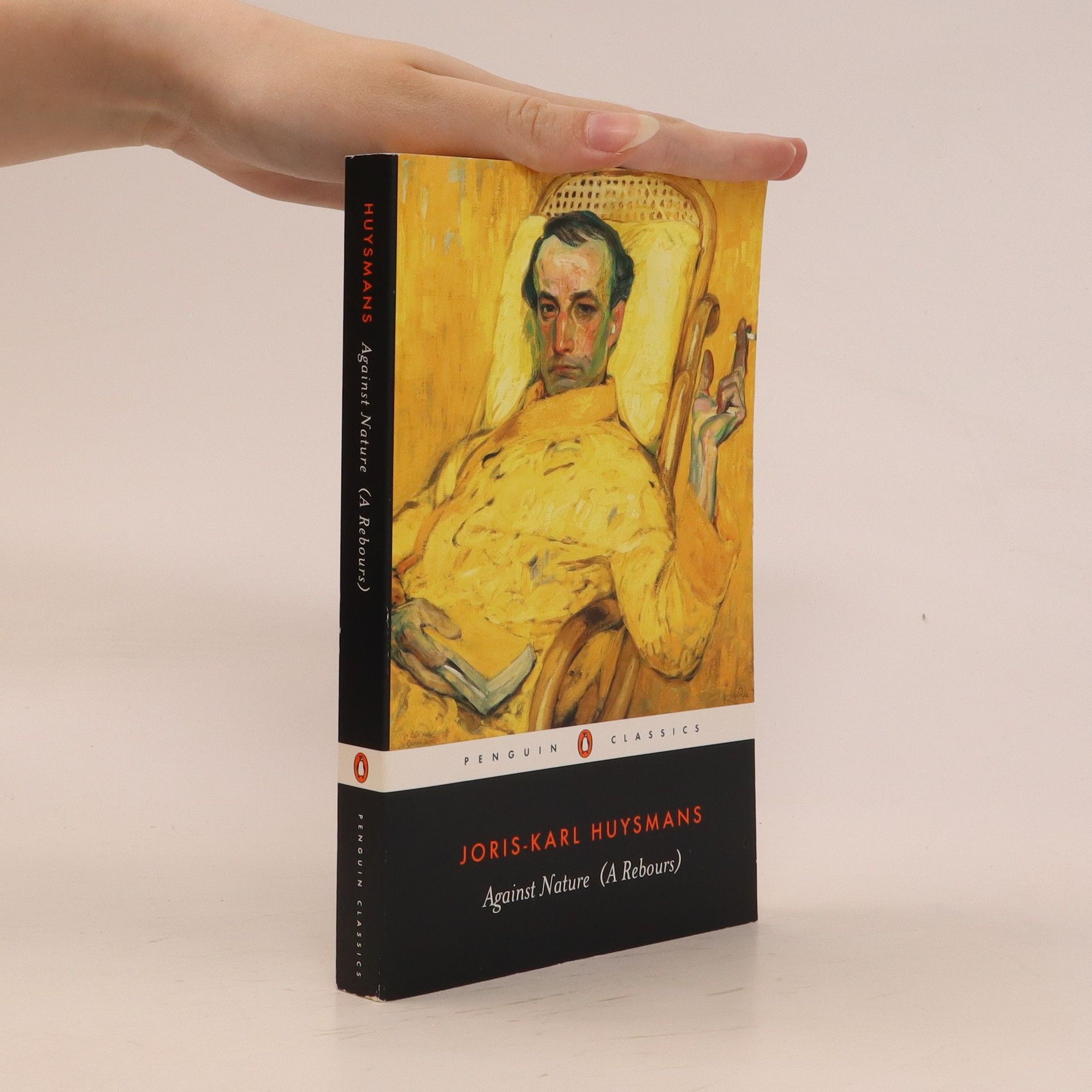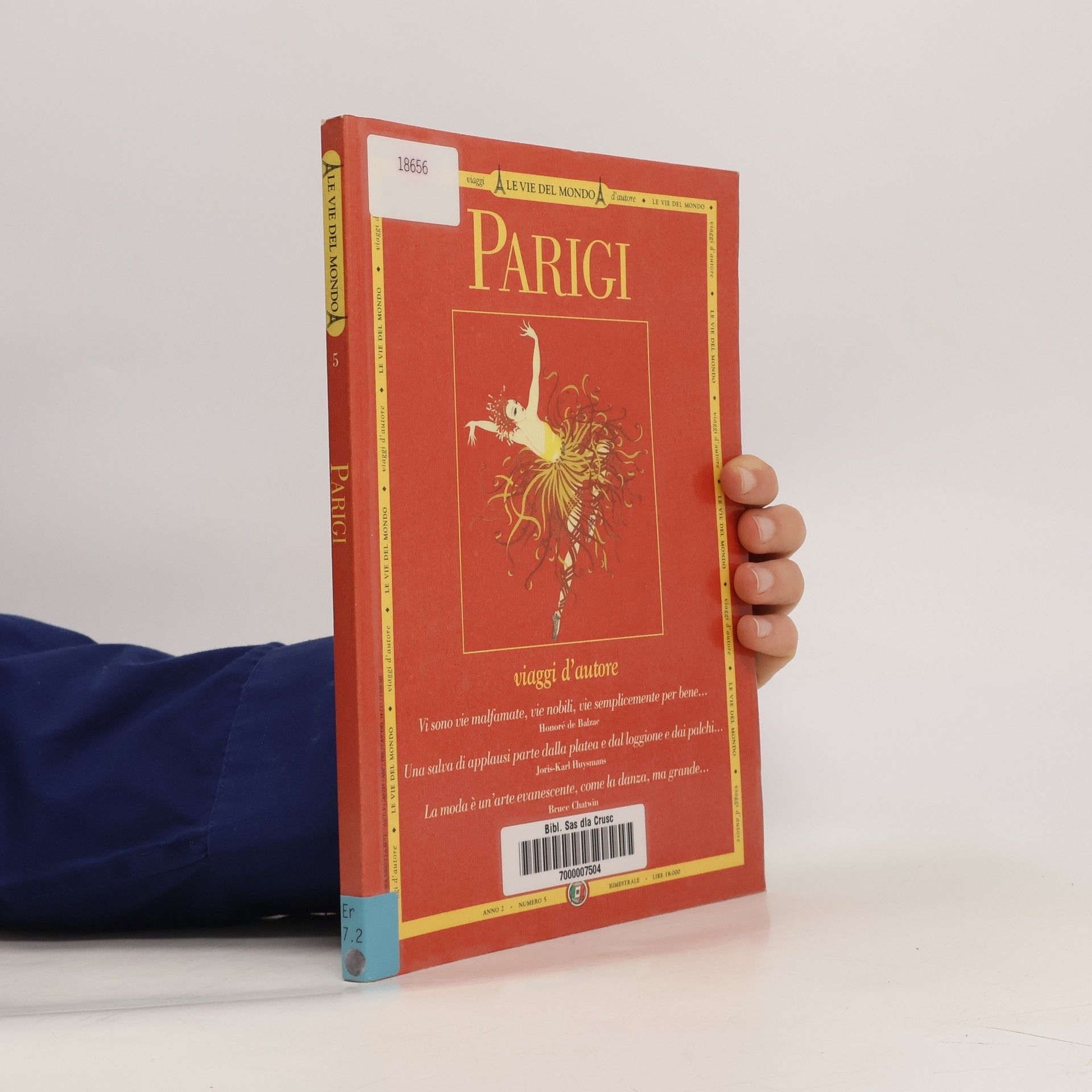At the novel's center is Durtal, a writer obsessed with the life of one of the blackest figures in history, Gilles de Rais — child murderer, sadist, necrophile, and practitioner of all the black arts. The book's authentic, extraordinarily detailed descriptions of the Black Mass have never been surpassed.
Joris-Karl Huysmans Books
This French novelist is celebrated for his distinctive literary voice, notable for its idiosyncratic use of language, vast vocabulary, and richly sensuous descriptions. His works are remarkable for their encyclopedic detail and sharp, satirical wit. Huysmans conveys a profound disgust with modern life and a deep pessimism, a worldview that led him first to the philosophy of Arthur Schopenhauer and later to the teachings of the Catholic Church.







After the Satanic debaucheries of La -bas (1891) and the sensual battles of En Route (1895), comes the cloistered calm of The Cathedral (1898). In this long, reflective novel, Huysmans' alter-ego, Durtal, sets out to explore the mystic symbolism embodied in one of the greatest gothic edifices in France, Chartres cathedral. Written at the time of the Dreyfus Affair, a political scandal that threatened to tear France apart, Chartres cathedral became for Huysmans a potent symbol of the harmonious diversity of the Middle Ages, one that had the potential to unify the divisions in contemporary French society. This complex, multi-layered vision of Chartres cathedral as a structure in which art, science and religion could exist in harmony rather than discord, captured the public imagination on its first publication, and The Cathedral became a runaway bestseller. This edition contains 20 photographs of parts of Chartres cathedral mentioned in the text.
This 1882 novella, a key work in Huysmans' literary development - prefiguring in its protagonist the figure of Jean des Esseintes, the hero of A rebours, written two years later - is accompanied here by another masterly study of human despair, 'M. Bougran's Retirement'.
En Route
- 322 pages
- 12 hours of reading
Against Nature (A Rebours)
- 288 pages
- 11 hours of reading
With a title translated either as Against Nature or as Against The Grain, this wildly original fin-de-siècle novel follows its sole character, Des Esseintes, a decadent, ailing aristocrat who retreats to an isolated villa where he indulges his taste for luxury and excess. Veering between nervous excitability and debilitating ennui, he gluts his aesthetic appetites with classical literature and art, exotic jewels (with which he fatally encrusts the shell of his tortoise), rich perfumes, and a kaleidoscope of sensual experiences. The original handbook of decadence, Against Nature exploded like a grenade (in the words of Huysmans) and has enjoyed a cult readership from its publication to the present day.
Against Nature (A rebours) (Royal Collector's Edition) (Case Laminate Hardcover with Jacket)
- 156 pages
- 6 hours of reading
The story follows Jean des Esseintes, an eccentric and ailing aristocrat who rejects the norms of 19th-century bourgeois society. Seeking solace, he immerses himself in a self-fashioned artistic existence, distancing himself from the world he despises. His journey explores themes of isolation, aesthetics, and the conflict between individual desires and societal expectations.
The author is renowned for his distinctive use of language and rich vocabulary, which shine through in his most famous work, À rebours. Initially linked to Naturalism, his writing later aligned with the decadent movement, reflecting his profound pessimism influenced by Arthur Schopenhauer's philosophy. Huysmans, who sustained a lengthy career in the French civil service, is celebrated for his satirical wit and extensive knowledge, making his contributions to literature both unique and impactful.
The Damned (La Bas)
- 192 pages
- 7 hours of reading
Exploring themes of religion and personal struggle, the novel delves into the protagonist Durtal's journey amidst the backdrop of 1880s Satanism. As he grapples with his faith, Durtal's perspective reveals the moral complexities of a modern world he finds repulsive. The narrative, marked by its naturalistic style, reflects Huysmans' controversial approach to social and political commentary. This edition features premium acid-free paper and presents a translation by Keene Wallis, enhancing the reading experience of Huysmans' thought-provoking work.
"Come in un vagabondaggio capriccioso e senza meta per le vie e le piazze di una città interminabile, nella quale la storia e l'arte, la letteratura e la cronaca, si sono divertite a spargere a piene mani tutte le loro lusinghe, il lettore che sfoglia queste pagine andrà a finire in qualche angolino insospettato, che gli darà, speriamo, il piacere che ha dato a noi.Frastornati come provinciali dall'imponenza di tanta capitale, abbiamo preferito sgattaiolare lontano dai suoi troppi monumenti per assaporarne invece l'atmosfera, l'aroma, in compagnia di scrittori che si sono persi nei meandri della Ville Lumiere per meglio afferrarne il segreto.E ci piace individuare un nostro lontanissimo predecessore nell'anonimo che nel 1643 pubblicò una delle prime guide a Parigi dandole il titolo di 'Ulisse francese', già ben cosciente che la navigazione in quel gran mare di pietre era un'avventura, come schivare le tentazioni dei Lotofagi e sottrarsi agli incantesimi di Circe. E uno dei suoi sovrani, Francesco I, rinunciava a descriverla per disperazione di fronte a un compito così immane, limitandosi a scrivere all'imperatore Carlo V: 'Non è una città, è un mondo'. Confortati dunque dalla solidarietà di un re e dal riferimento a un eroe omerico, porgiamo questa nostra Parigi, che è solo una delle tante Parigi, ma che riteniamo abbia almeno il merito di essere poco consueta."Marco Ausenda e Gianni Guadalupi
Magie im Poitou
Gilles de Rais
'Gilles de Rais. ein Meister in Schmerz und Mord. Aber wenn das Transzendente des Guten, wenn das Jenseitige der Liebe gewissen Seelen zugänglich ist, das Jenseitige des Bösen läßt sich nicht erreichen.' 'Man müsste, so sagte er sich, vom Realismus die Wahrhaftigkeit der Beurkundung, die scharfe Genauigkeit der Darstellung im einzelnen, die gegenständliche und nervöse Sprache wahren, aber man müsste zugleich im Brunnen der Seele schöpfen, statt das Geheimnis mit Erkrankungen des Sinnenlebens erklären zu wollen; … ' Joris-Karl Huysmans 1891 in 'Là-bas'

